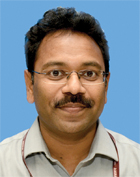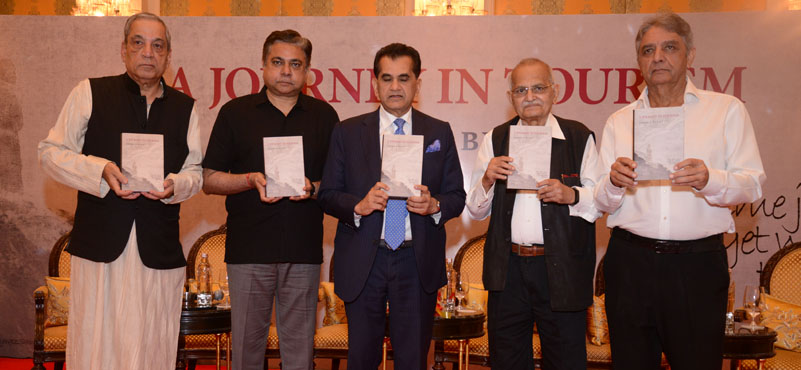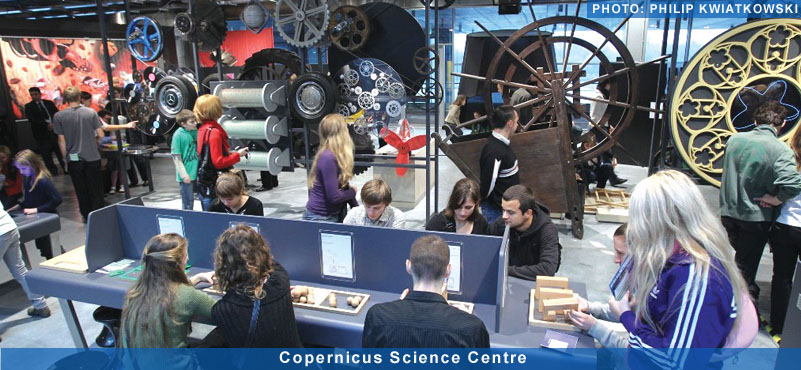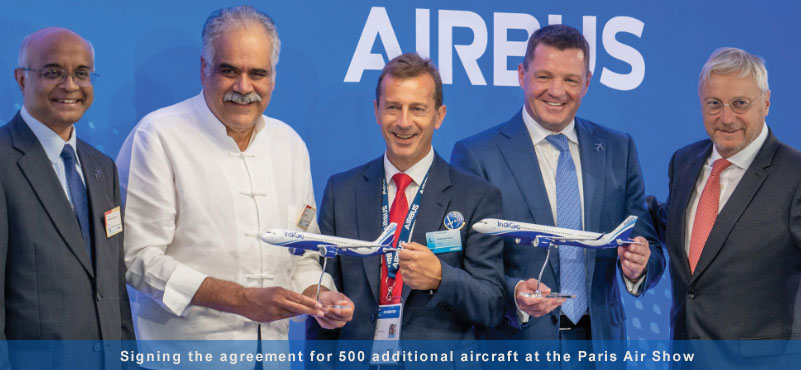Online promotion of tourism assets, products and destinations, provide value to every constituent of the larger tourism industry. This symbiotic relationship needs to be leveraged by traditional players, suggests Joint Secretary Suman Billa.

JOINT SECRETARY, MINISTRY OF TOURISM
The phocuswright conference is just about to come up. How is the MOT planning to incorporate technology to promote destination management among other things? Could you give us an idea about how other countries are taking this into account while promoting their destinations?
Broadly, this needs to be looked at from two levels. One is what the MOT itself should be doing, which is, if you look at the way the world is progressing, I think digital is the way that is increasingly connecting people. Most of the decisions and drilling down for information to take decisions is happening in the digital space. It is necessary for us to change the paradigm from something that is broadly print or TV oriented to something that is digital. For MOT, which has the mandate to promote India as a tourism destination, I think it is fairly clear that it needs to take the digital path. Some of the things that we have done over the past year include us getting an excellent social media team which is working with us to create a base of followers who are across the world, which enables us to pitch up several things to them.
There are on an average around ten posts like places of interest, cuisines etc. that are going out every day. This is bringing in a significant amount of transaction and it also allows us to reach out to people who are interested in India. I think over the next year what we are trying to do is to not only consolidate all of this, and also increase the number of followers, or the critical mass that we have generated. We have managed to reach a stage where we are fairly consolidated, but at the same time we need to be able to take it to the next level.
The other thing, which is something that we are working on, is to develop a strong website because it is easy to get people interested on social media but also necessary to have a lead which goes somewhere.
In the back-end, we need to have a very strong and robust website which has comprehensive information. This leads to the social media platform becoming an effective teaser and the website becoming the major source of all the information. It needs to be like an encyclopaedia. We are completely re-working our strategy and the platform is being completely changed. The idea is to create a website that does not just convey information but is also able to personalise that information, and is able to present it in a way that is easily digestible.
Will the new revamped website only have personalised information or are you also looking at a possibility of allowing the consumers to book products through the site?
These are two different things. The first is for information dispensing and the second is the commercial aspect. I do not think that the MOT should look to convert the site into a commercial engine because there are different players in the market and while promoting the destination works for everybody, once you start operating the site commercially, there are bound to be some losers as well as gainers. We need to keep the playing field level. That is why I do not think that we will be heading into the commercial space. What we are looking to create is something like an Indian Association of Tour Operators, where the leads are generated and enquiries can be addressed. The second and the more important part is the larger mandate that we have. We have to look into getting our industry IT ready as the landscape is witnessing a huge change. A significant amount of services in the tourism space are now being delivered via the digital medium. Products like OYO Rooms and AirBnb are actually commoditising not just the hotel product but also products that go beyond, like home stays. Transport is also witnessing a similar shift to the digital medium.
It is a very straightforward way to communicate your offerings and costs to the customers. I think a significant part of the traditional industry also needs to scale up and move on to the digital space not only to survive but also take this business to the next level. They need to look at the market and understand what the market offerings are and then create their own niche. From a marketing perspective, the players really need to understand the power of social media and its reach, especially for small businesses. There is always an opportunity for them to reach out to people who are interested in their products. Some of the work that we will need to do over the next couple of years is going to be on how do we get on-board this model.
It is said by some people in the industry that social media outreach in international markets costs a fortune. Do you think the lead will have to come from the MOT itself as it has the resources and budget to push this?
Over several months ago, we conducted a workshop here and invited players from the industry to have a discussion on how to leverage the social media. The cost of buying promoted space in social media is definitely exorbitant. There is some amount of critical mass that is generated organically but we also on the same hand need to move into a space where we can get more eyeballs. It probably is not easy for some of the small players to be able to put up that kind of money but what can be done is that as social media is a very democratic space, they may use our content to promote their products. So, even if people are looking at our content, it still helps smaller players piggy back on that content and get a higher reach. In doing so, they are actually creating greater amplification for us as well. Essentially, it is beneficial for everyone involved. All of us need to realise that if we have to grow, we will need to take an active position on social media and also promote each other. We are very open on content and we have already told the industry that we will not be putting up any commercial content. We are ready to share good content even if it is not produced by us as our mandate is to promote all of India.
Everything is being driven by mobile apps these days. How do you see tourism and travel taking the mobile route? What is the future like and how is the MoT tapping that space?
Well, I think the writing is on the wall. The first point of reference for any data these days is happening through mobiles. In this scenario, one cannot afford to sit out and not be involved. There are a few things that we are doing to gain space in the mobile platform. One is this new website that we are developing. We are spending a comprehensive amount on developing this site and ensuring that it is mobile friendly. Also, we are trying to develop the website so that it can translate content on the fly. It is never going to be a case where the MOT can create all of the apps that are required to make tourism work. We need to create a framework from which we are able to pick the best apps that are out there and if they work we can help them out by endorsing these apps.




































